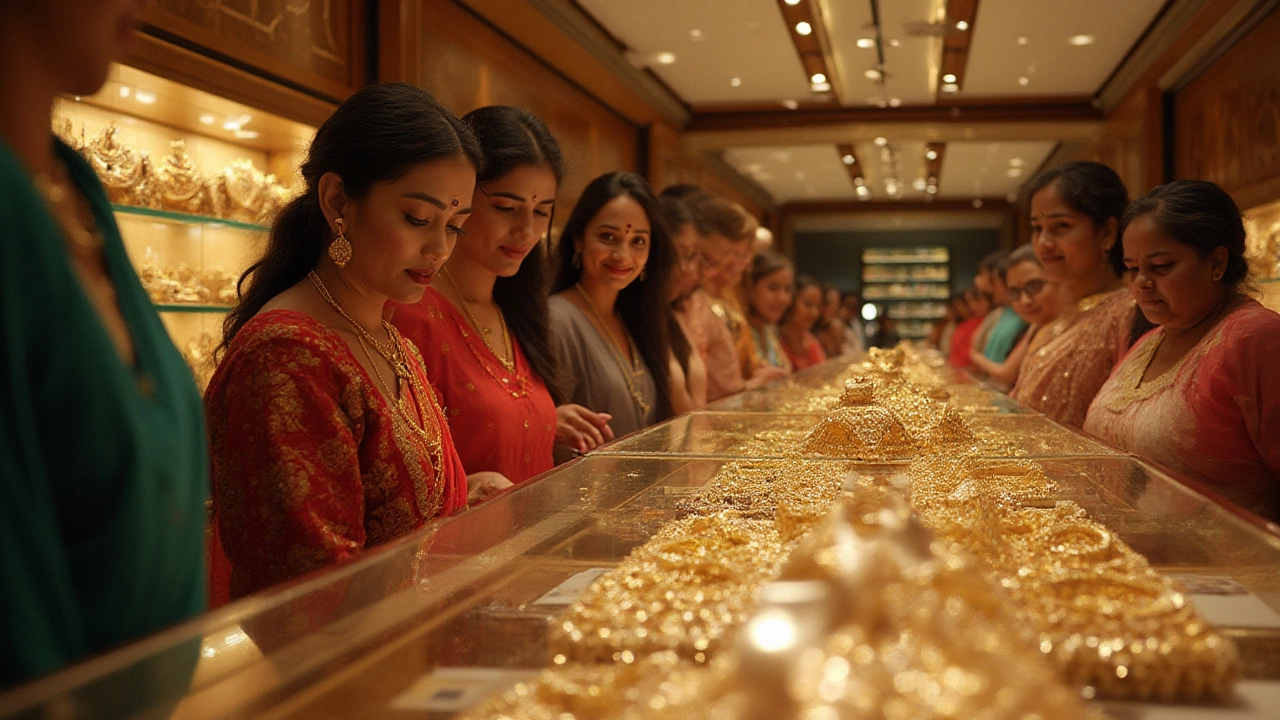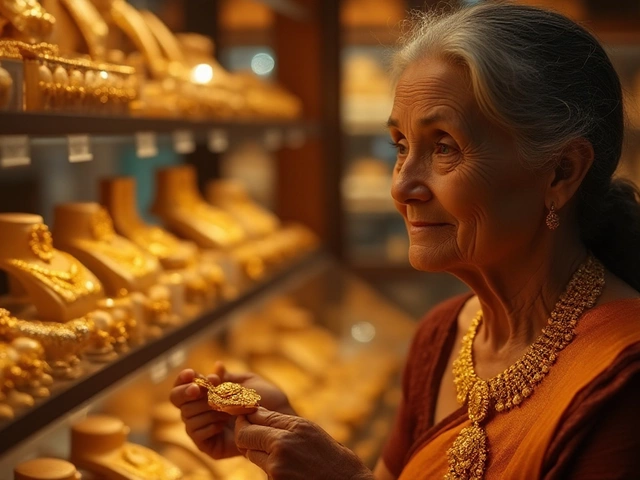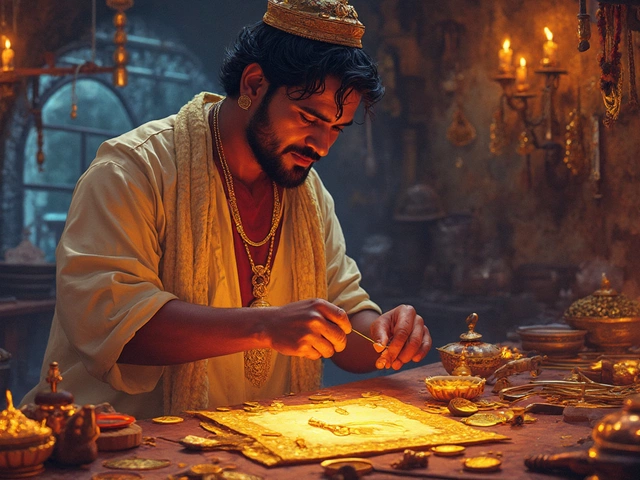Luxury Jewelry Investment: Grow Your Wealth with Fine Pieces
Thinking of making your money work while you wear it? Luxury jewelry isn’t just about looking good – the right pieces can actually grow in value. In this guide we break down what to look for, how to buy smart, and why classic gems keep their worth.
Why Luxury Jewelry Holds Value
Gold, platinum and high‑carat diamonds have stood the test of time. Their scarcity and global demand create a built‑in safety net that many other assets lack. For example, 21K gold (marked 875) is pure enough to stay valuable, yet still affordable for many investors.
Vintage and antique items add a rarity factor. A piece from the 1960s with a clear BIS hallmark can fetch more than its weight in gold because collectors prize history and craftsmanship. Even black beads in mangalsutra or black bangles have cultural significance that can boost resale prices.
Design matters too. Classic styles—solitaire diamond studs, plain gold chains, timeless gold‑filled necklaces—sell faster and keep price stability. Trendy pieces may sparkle now but can lose appeal quickly, affecting long‑term returns.
Tips to Start Investing Smartly
1. Check the Hallmark – Always verify the BIS stamp (21K, 22K, 916 for silver, 833 for silver purity). A proper hallmark proves authenticity and protects you from cheap copies.
2. Know the Purity – Higher purity means less alloy and higher resale value. 875 gold (21K) and 916 silver (92.5%) are trusted benchmarks in India.
3. Buy from Reputable Sources – RH Jewellers offers certified pieces with clear documentation. Buying from trusted dealers reduces the risk of fraud and ensures you get a fair appraisal.
4. Diversify Your Collection – Mix gold, diamonds, and a few vintage items. This spreads risk and captures growth from different market drivers.
5. Timing Matters – Gold prices often dip in the monsoon months and rise around festive seasons. Watching price trends, like the best month to buy gold in India, can save you a chunk of cash.
6. Keep Records – Store purchase receipts, hallmark certificates, and photos. Good paperwork speeds up future sales and helps you claim insurance if needed.
7. Think Long Term – Luxury jewelry isn’t a quick flip. Treat it like a retirement fund: hold for several years, watch market cycles, and sell when demand peaks.
By following these steps you’ll turn ordinary buying into a strategic investment. The next time you pick a gold necklace or a diamond pendant, ask yourself: “Will this piece still be valuable in five years?” If the answer is yes, you’re on the right track.
Ready to start? Browse RH Jewellers’ curated luxury collection, check the hallmark details, and begin building a portfolio that shines both on your wrist and on your balance sheet.
Top Jewelry Brands with the Highest Resale Value in 2025
Find out which jewelry brands hold their value best. Explore facts, resale insights, and tips on buying pieces that will fetch the highest prices later.




